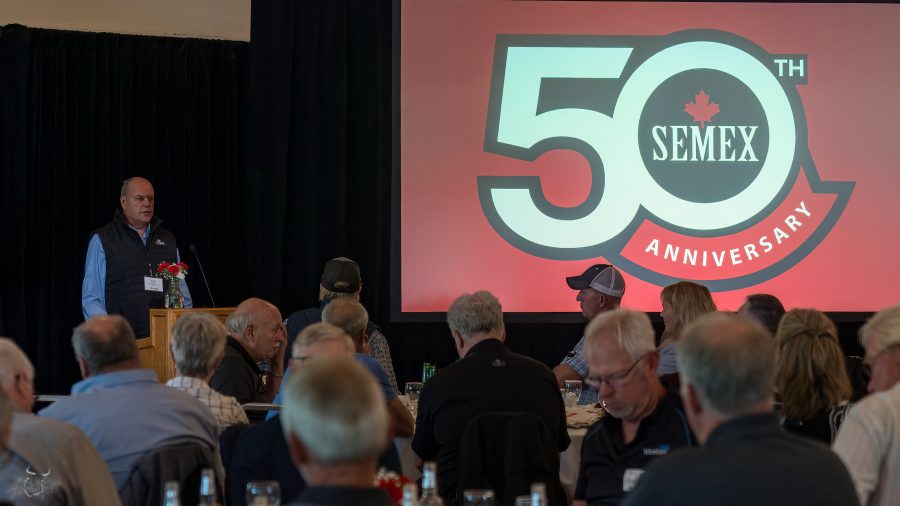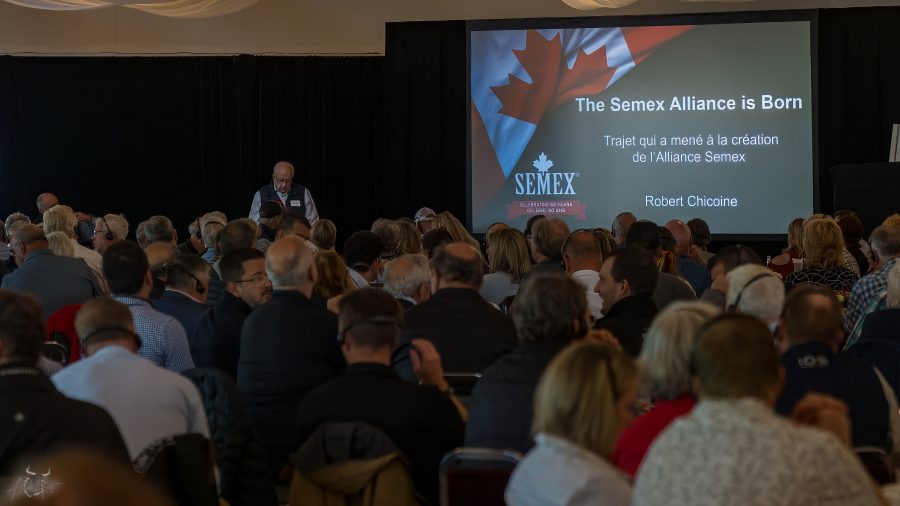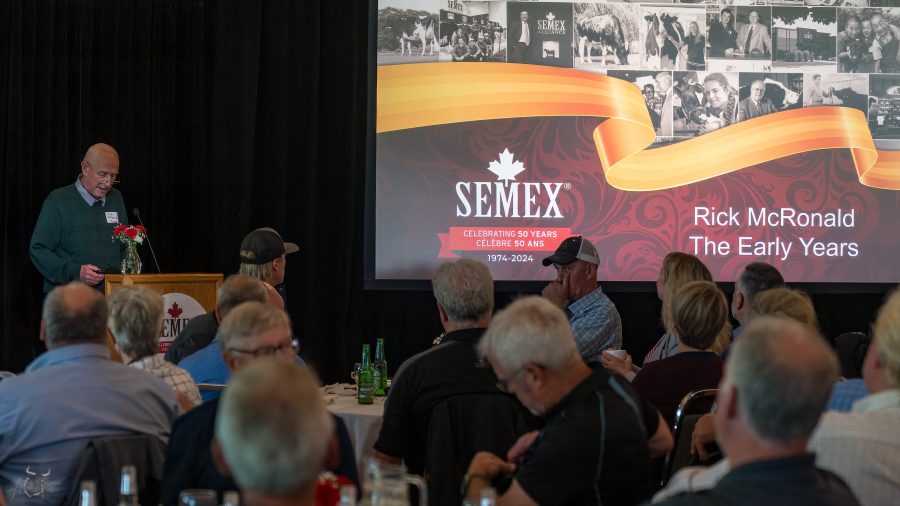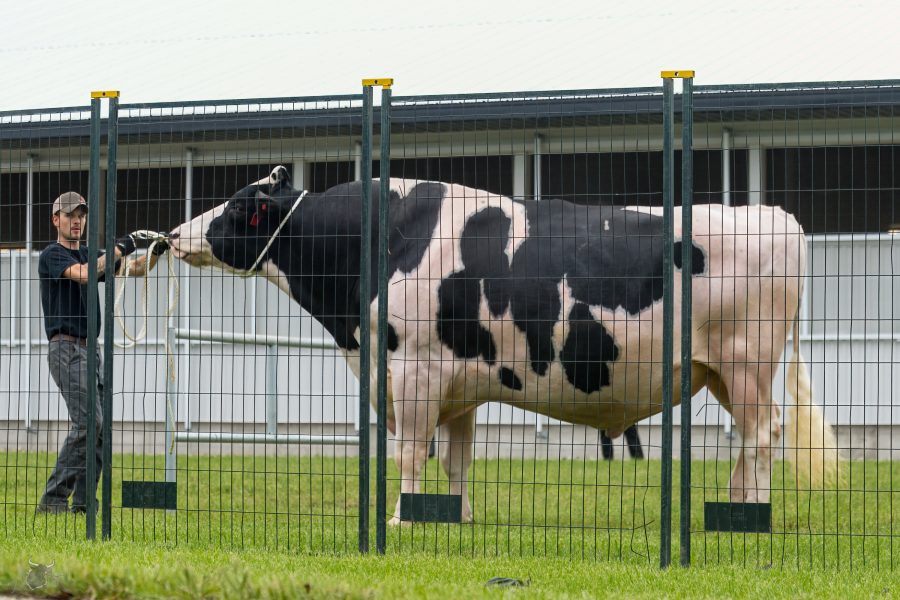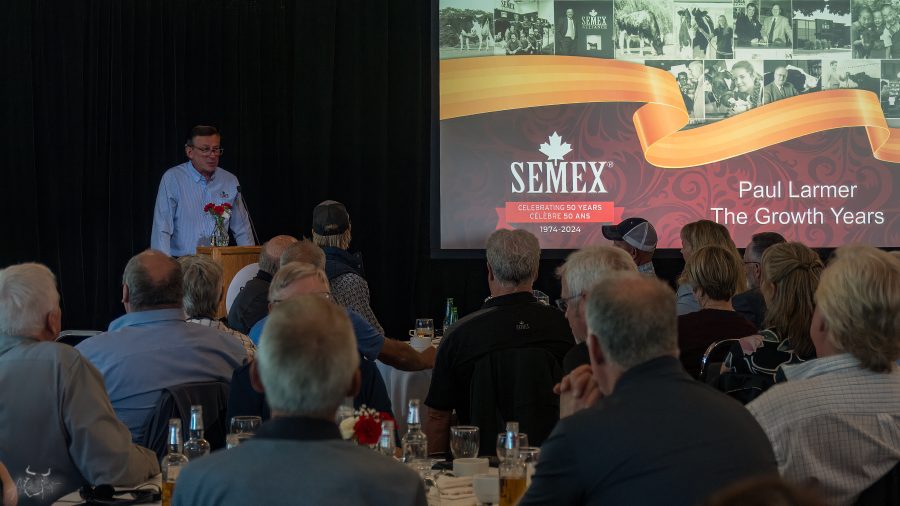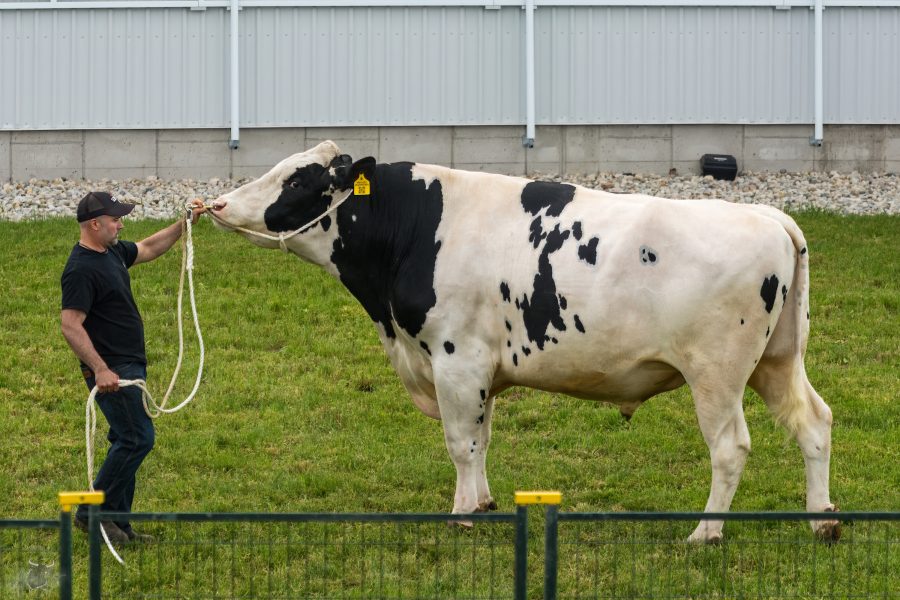Want to revolutionize your dairy farm? Check out these 10 TED Talks to boost productivity and sustainability. Ready to transform your approach? Dive in!
Have you ever wondered how you may improve your dairy farming practices? Imagine accessing game-changing insights to enhance your business’s efficiency, sustainability, and profitability. That is precisely what these TED Talks deliver. These seminars address the issues and possibilities dairy farmers face today, covering various subjects, from technical breakthroughs to sustainable farming practices. They will assist you in optimizing your farm, improving animal welfare, and increasing your earnings.
Talk 1: The Innovation of Milk by Sue McCloskey
Have you ever considered the untapped potential of milk? Sue McCloskey’s TED Talk, “The Innovation of Milk,” is a beacon of hope, demonstrating how innovation can revolutionize dairy production. She explores groundbreaking strategies for increasing milk output and quality, inspiring dairy producers to embrace modern innovations. “By integrating cutting-edge technology, we can increase milk yield by up to 30%.” This discussion is a source of inspiration, encouraging dairy farmers to explore how innovation can keep their businesses competitive and sustainable. Watch Sue McCloskey’s talk here.
Talk 2: “Family Dairy Farms: Drawing from the Past, Looking Towards the Future” Carl Reible
Carl Reible explores the rich past and bright future of family dairy farms. He discusses how old dairy farming practices have led to new advances. For dairy producers, recognizing this continuum is critical. “We’re not just taking care of cows; we’re preserving a heritage while innovating for a sustainable future,” says Reible. This session will motivate you to realize the benefits of keeping heritage while also adopting new ways that may increase production and sustainability.
Don’t miss out – watch it now here.
Talk 3: “Do Schools Kill Creativity?” by Sir Ken Robinson
You may be scratching your head, wondering what creativity has to do with dairy farming. Look at Sir Ken Robinson’s TED Talk, one of the most-watched talks ever. Robinson contends that our educational system stifles creativity, regarding it as less vital than topics such as math and science. But here’s the thing: innovation is essential in all fields, including dairy farming. Think about it. Could a novel approach help you solve a recurring issue on your farm? It could be a new technique to manage trash or a more cost-effective strategy for feeding livestock. Robinson’s insights on cultivating creativity may inspire fresh ideas and innovative approaches in your everyday operations. “If you’re not prepared to be wrong, you’ll never come up with anything original,” he says. This expression might refer to the hardships and tribulations you endure while operating your farm, inspiring you to take chances and innovate without fear of failure. Watch the full TED Talk here.
Talk 4: In “The Hidden Power of Smiling” by Ron Gutman
The emphasis is on the positive influence smiling has on our well-being and achievement. Gutman analyzes several research, demonstrating how a single grin may decrease stress, increase productivity, and improve general health. Did you know that one smile may provide the same brain stimulation as 2,000 chocolate bars? This resonates strongly with dairy farmers who confront everyday obstacles; a grin may be valuable for maintaining a good environment and decreasing stress—link to the talk.
Talk 5: “How Great Leaders Inspire Action” by Simon Sinek
Have you ever considered how you may improve your company by using creative thinking? Simon Sinek’s TED Talk “How Great Leaders Inspire Action” explores the “why” behind successful businesses. According to Sinek, people purchase why you do things rather than what you do. This concept, summarized in his ‘Golden Circle’ model, can alter how dairy producers express their vision, increasing customer trust and loyalty by emphasizing commitments like sustainable farming or animal welfare. A relevant remark from his address is, “People don’t buy what you do; they buy why you do it.” This method might set your farm apart in a competitive market. Watch out Simon Sinek’s TED Talk here to dive deeper into these transformative ideas.
Talk 6: “The Art of Asking” by Amanda Palmer
Let’s shift our focus to Amanda Palmer’s “The Art of Asking.” Palmer’s message of trust and open communication resonates deeply within the dairy farming community. How often do you seek assistance or reach out to other farmers? Palmer’s presentation underscores the importance of building a support network, which is crucial when navigating the challenges of modern dairy farming. Palmer’s address included the memorable quote: “When we see each other, we want to help each other.” This sentiment can help dairy producers foster a collaborative and resilient community, making you feel connected and supported. Curious to learn more? Check out Amanda Palmer’s talk here.
Talk 7: “Grit: The Power of Passion and Perseverance” by Angela Lee Duckworth
Angela Lee Duckworth’s book “Grit: The Power of Passion and Perseverance” is a testament to the resilience of dairy farmers. This discussion underscores that success is not just about skill but also about passion and determination. Dairy producers face daily challenges, from fluctuating milk prices to the physical demands of farming. Duckworth’s ideas can instill a sense of determination and perseverance, inspiring you to push through difficult circumstances and stay focused on your goals. It’s a reminder that “grit is passion and perseverance for long-term goals.” The journey of dairy farming is more like a marathon than a sprint. Watch the full talk here: Grit: The Power of Passion and Perseverance.
Talk 8: “The Surprising Science of Happiness” by Dan Gilbert
Dan Gilbert’s exploration of what makes us happy is an eye-opener, especially in a demanding profession like dairy farming. Gilbert delves into the science of happiness and how our minds often misjudge what will bring us contentment. A memorable quote from the talk is, “We have within us the capacity to manufacture the very commodity we are constantly chasing when we choose experience over material things” [Dan Gilbert, TED]. Understanding these insights can lead to better mental health and overall well-being for dairy farmers, creating a more sustainable and fulfilling career. Watch the full talk here: The Surprising Science of Happiness by Dan Gilbert.
Talk 9: “The Puzzle of Motivation” by Dan Pink
Have you ever considered how creative thinking might benefit your dairy farm? Dan Pink’s “The Puzzle of Motivation”reveals the startling reality of what drives humans. Pink contends that conventional incentives are not always successful and that autonomy, mastery, and purpose may improve performance. Adopting these concepts may help dairy producers build more engaged and productive teams. One memorable phrase from this lecture is: “The secret to high performance isn’t rewards and punishments, but that unseen intrinsic drive—the drive to do things for their own sake.” Amazing, right? Explore more with this incredible talk: The Puzzle of Motivation.
Talk 10: “The Future We’re Building – and Boring” by Elon Musk
Elon Musk’s TED presentation addresses his firm’s imaginative goals, which range from space exploration with SpaceX to renewable energy with Tesla. But why should dairy farmers worry about rockets and electric vehicles? Dairy farming, like every other sector, needs innovation to succeed. Understanding broader technology and innovation may inspire fresh approaches to age-old agricultural concerns, such as generating renewable energy on your farm or employing sophisticated analytics to boost milk output. Musk’s observation, “When something is important enough, you do it even if the odds are not in your favor,” resonates well with dairy producers confronting market uncertainty or environmental concerns. Watch the full talk here: The Future We’re Building – and Boring.
The Bottom Line
These TED Talks provide a wealth of lessons that dairy farmers may use to encourage innovation, embrace vulnerability, and grasp the complexities of motivation. Each presentation, in its unique manner, presents ideas that question conventional knowledge and stimulate new ways of thinking. I invite you to watch these speeches and consider how the teachings apply to your life. It’s not just about milking cows but also about adapting to new ideas and techniques. After all, in the ever-changing world of dairy farming, isn’t it critical to remain adaptive and inspired?
Key Takeaways:
- Learn the latest innovations in the milk industry from pioneers like Sue McCloskey.
- Discover how family traditions can shape a sustainable future for dairy farms with Carl Reible.
- Understand how creativity and education intersect, guided by Sir Ken Robinson’s insights.
- Explore how a simple smile can transform your interactions, thanks to Ron Gutman.
- Simon Sinek will show you how leaders can inspire change and action within your team.
- Gain valuable lessons on community support and resourcefulness from Amanda Palmer.
- Angela Lee Duckworth introduces you to the power of grit and perseverance in overcoming challenges.
- Dan Gilbert breaks down the complex science behind happiness and its implications for your work life.
- Dan Pink unveils what truly motivates people, which can drastically improve workplace productivity.
- Envision the future of agriculture and technology through the lens of Elon Musk’s ambitious projects.
Summary:
Are you ready to supercharge your dairy farming operations with some of the most thought-provoking ideas from influential minds around the world? Imagine transforming your everyday challenges into opportunities for growth and innovation. Discover insights on creativity, leadership, perseverance, and happiness through ten must-watch TED Talks for dairy farmers, featuring experts like Sue McCloskey, Simon Sinek, and Elon Musk. Sue McCloskey’s “The Innovation of Milk” shows technology can boost milk yield by 30%, while Carl Reible’s “Family Dairy Farms” and Sir Ken Robinson’s “Do Schools Kill Creativity?” touch on heritage and innovation. Ron Gutman highlights how smiling benefits well-being and success, Simon Sinek and Amanda Palmer discuss leadership and community, Angela Lee Duckworth emphasizes grit, and Dan Gilbert explores happiness as a driver of performance. Ready to dive in?









